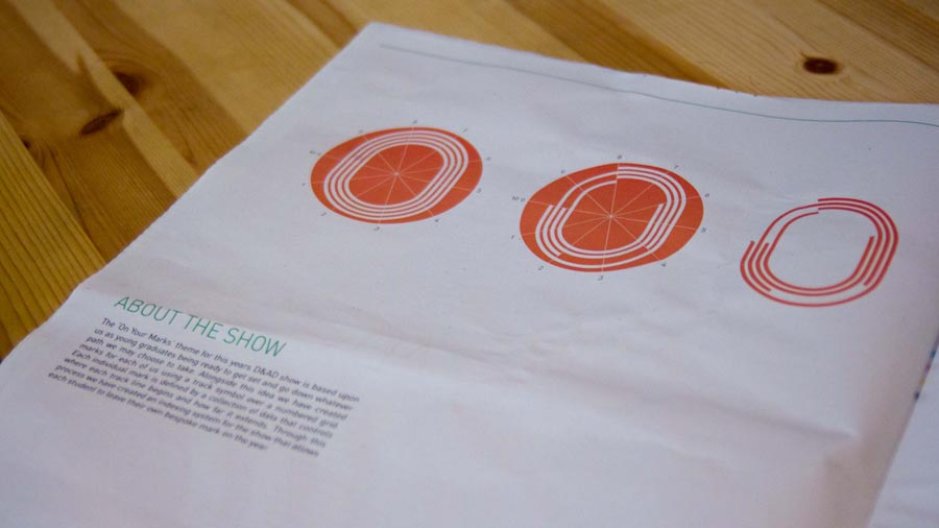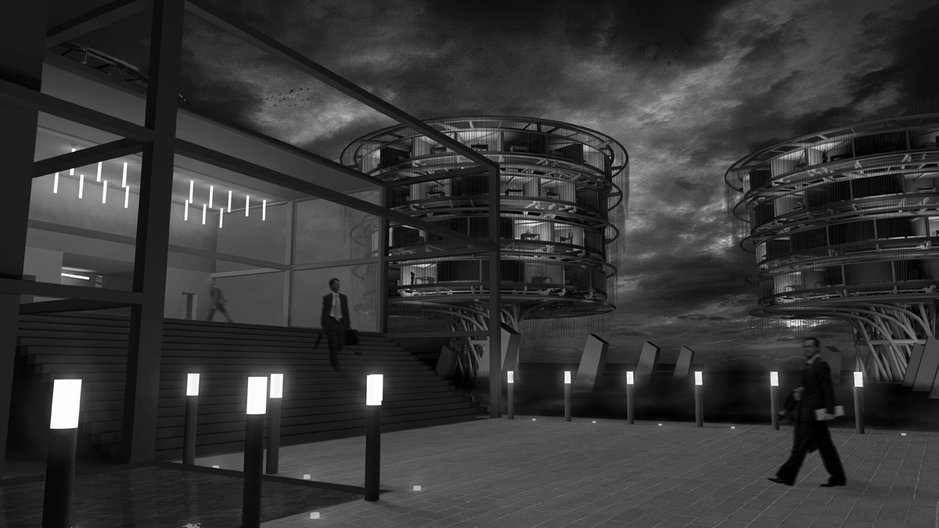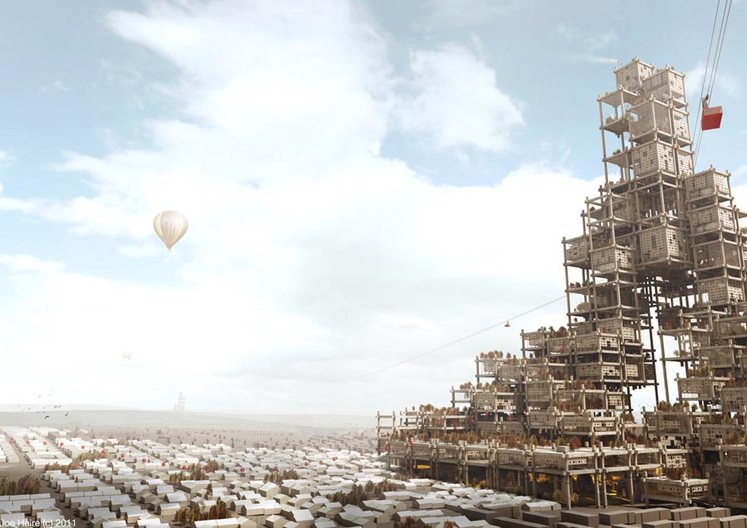24 June 2011
by Alex Maxwell
Travelling round the Manchester Metropolitan University degree show could be seen as a triumph of curatorial ability, or a madcap adventure afternoon. The show is split over some 8 levels in four buildings, all interlinked by a series of bridges, hidden staircases and roundabout corridors that would give some of Escher's attempts at spatial design a bricks and mortar equal. This tardis of an exhibition is worth the effort and sense of helplessness, as wave upon wave of engaging work washes over you as you walk from room to room.
Its interesting that the departments newest course, Interactive Arts, which was started by dissatisfied graduate artists, is given the largest space and has consequrntly filled with intriguing videos and installations.
One such work is Lucinda Hankin's work @womens_words. Hankin asks people to tweet quotes by women that have influenced their lives. A response to Time Magazine's Most Influential Women of the 20th Century, Hankin wants to know who would make the list of a contemporary audience and if a list is a valid tool in itself. The tweeted replies then get sewn on to a continuous roll, forming a scroll of citations that actually matter to actual people.
Working my way up the iconic Chatham building, the Design & Art Direction graduates showed off a mixed bag of work with varying deftness. Poking their way to the front to grab my attention were Jennifer Hingley experimental project, inviting other creatives to soundtrack a video she produced to represent a song. The results were shown as part of this years Future Everything festival, and I suggest visiting the website to see some of the composited works.
Also of note was Holly Judge's well composed posters for the Up North Film Festival, along with Jonn McPartland and Kenneth Moore's overall identity for the D&AD show, which devised an innovative personalised logo, made up from data factors such as date of birth, letters in first name and distance to the msa. The top three floors of the Chatham tower are given over to the various Architecture courses and its multitude of graduates. The undergraduate work is interestingly displayed alphabetically by name, emphasising the vast range of work produced. The disadvantage is that it is difficult to read as a coherent exhibition. The few graduates to experiment a little in content and style stood out.
Jonathan Curtis' highly detailed project aims to give people the power to edit, remove and store their sensitive personal data in a very prison-like Panopticon on the banks of the Irwell. It has commendable scope and a clear strategy of using the river water throughout the running of the building. A somewhat foreboding scheme, but winner of the best project at BA prize.
At postgraduate level, there was an encouraging sensitivity seen throughout the units, and I wonder if the 'wham bam' style had been thoughtfully discouraged. That's not to say the work wasn't adventurous.
Joe Haire's project for a network of residential care communities can accommodate the needs of entire cities. The form and distribution of these a generative code, which, when factors such as demographics and site specifics are input 'roughly takes 10 seconds to calculate each community.' It's an interesting, if alarming idea, but asks valid questions about the ability of cities to cope with our aging population.
Architecture and Interior Design graduates work will be available to view at Free Range in London between 14 - 18 July.
Category
Exhibition
Location
UK



